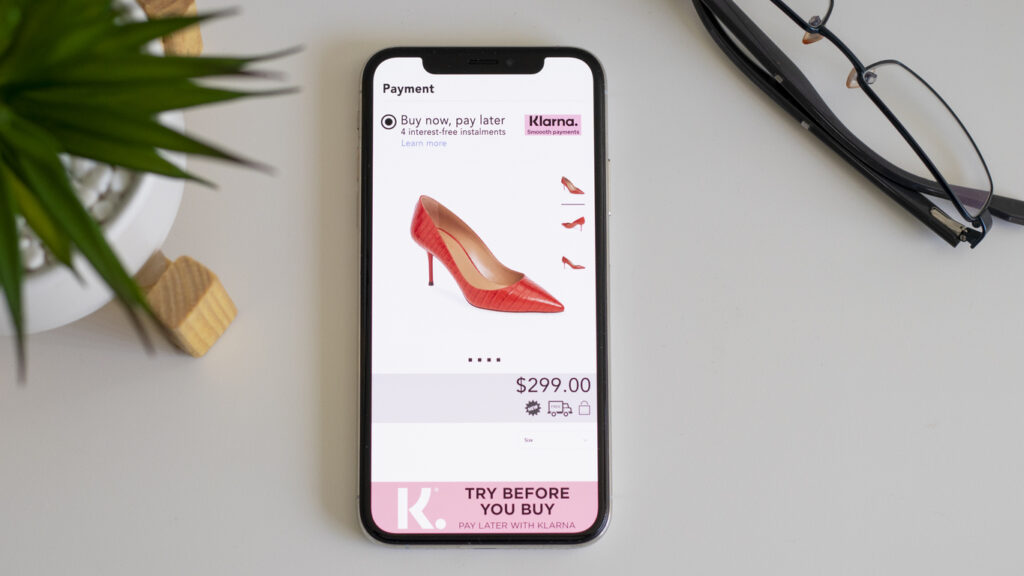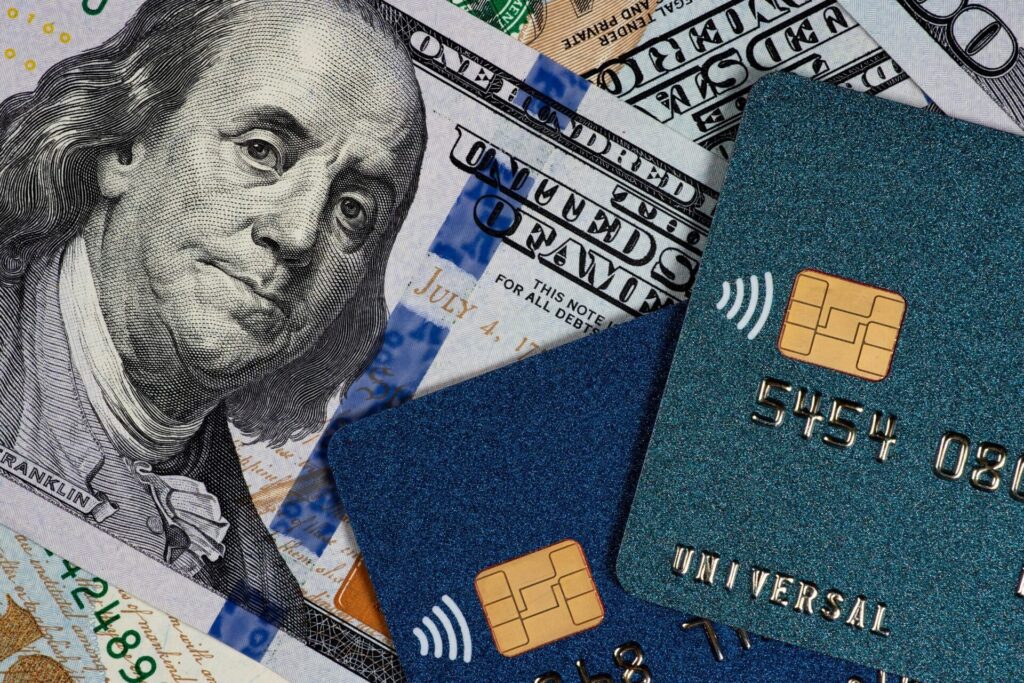It happens more and more often these days—you’re shopping online and you see an option at checkout for ‘Pay over time’, ‘Pay in 4’, or ‘Pay flexibly’ buy now pay later (BNPL) programs. Sometimes it’s for a higher-priced item, like a refrigerator or a computer. Other times it’s for something inexpensive, like a $30-$40 pair of shoes.
It can be convenient to have options and not have to completely pay for something right away. It seems simple and easy enough, so why not do it?
As it turns out, BNPL can have some downsides. You can end up paying quite a bit of extra money in interest and fees. And they also make it easy to suddenly find yourself in deep debt that you never saw coming. It’s generally a good idea to avoid these types of payment programs. Here are some questions to ask yourself before you use one.
- Do I really need the thing I’m buying?
The first, most important question—actually a good thing to ask yourself regardless of how you’re paying—is ‘do I really need to buy this right now?’ If it’s a computer, and yours has just crashed and needs replacing, then you probably do need a new one now. And if you can’t afford to pay the entire cost, it’s probably justifiable to use BNPL.
But if it’s a new gaming system, or an expensive pair of shoes, it’s probably unwise to use BNPL. You may really want the console or shoes, but they’re probably not essential to your work or to meeting your basic needs.
- How much extra is this going to cost?
Another really important thing to find out is how much extra you’re going to end up paying in fees and interest for your purchase if you use BNPL. Most of these programs will clearly show you what the interest charges will be, as well as any extra fees, but be sure to read all the fine print, too. You might be shocked to see how much additional cash you’ll be paying for the convenience of adding a few weeks or months to your payment schedule.
- Is this expensive enough to be worth financing?
Is the purchase you’re making really big enough to justify a payment plan? If it’s an $1,100 refrigerator, spreading your payments out over time can make sense. But if it’s a $140 pair of running shoes, it’s probably better to just wait until you can pay for them outright.
The trouble with using BNPL programs for a lot of small purchases is that they can add up fast. $20 a month isn’t very much, but if you suddenly have five or six of those payments each month, they can start to have a bigger impact on your monthly finances.
- Is it better to just use my credit card?
If you have a credit card, there are a few things to consider. The first one is, ‘will I be able to pay the cost of this purchase off before my next statement date?’ If the answer is yes, then you should definitely use your credit card, because unlike BNPL, in this case you won’t pay any interest. If you can’t pay this purchase off before your next statement date, then look at your credit card’s interest rate and compare it to the BNPL option you’re considering. In most cases, your credit card’s interest rate will probably be lower—so once again it’s better to use your credit card.
One additional thing to look at is whether you earn cash back or other types of rewards for using your card. If you do, factor that in; you’re generally not going to earn any type of rewards from a BNPL plan.
- Is there some other way I can pay for this?
The best time to buy something is when you’re in a position to pay for it completely, without having to finance it at all. That can mean saving up for it, taking on a side hustle to earn extra money, or even selling things you’re not using anymore. Better yet, if you’re replacing an older version of something, and it still works—like an older generation game console—sell that one to help pay for the new one.










